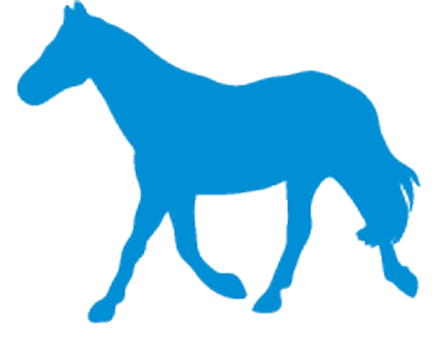|
|
| Line 6: |
Line 6: |
| | <big><b> | | <big><b> |
| | <br> | | <br> |
| − | | + | [[Horse Nematode Overview|Overview]] |
| | <br> | | <br> |
| | <br> | | <br> |
| Line 14: |
Line 14: |
| | | | |
| | | | |
| − | == Gastrointestinal Nematodes ==
| |
| − | ==== Introduction ====
| |
| − |
| |
| − | [[Image:Strongylus.jpg|thumb|right|150px|''Strongylus'' - Joaquim Castellà Veterinary Parasitology Universitat Autònoma de Barcelona]]
| |
| − | Many nematode species occur in the equine gastrointestinal tract, although not all are of equal importance:
| |
| − |
| |
| − |
| |
| − | {| style="width:75%; height:200px" border="1"
| |
| − |
| |
| − | !'''Stomach'''
| |
| − | !'''Small Intestine'''
| |
| − | !'''Large Intestine'''
| |
| − | |-
| |
| − | |
| |
| − | *''Habronema (Draschia)''
| |
| − |
| |
| − | *''[[Trichostrongylus axei]]''
| |
| − | |
| |
| − | *''[[Parascaris equorum]]''
| |
| − |
| |
| − | *''[[Strongyloides]]''
| |
| − | |
| |
| − | *''[[Strongylus]]'' species
| |
| − |
| |
| − | *[[Cyathostomins]]
| |
| − |
| |
| − | *''[[Triodontophorus]]'' species
| |
| − |
| |
| − | *''[[Oxyuris equi]]''
| |
| − | |-
| |
| − | |}
| |
| − |
| |
| − | == [[Strongyles]] (Red worms) ==
| |
| − | The strongyles that occur in the horse can be divided on the basis of size into two groups
| |
| − | *[[Large Strongyles|'''Large''' strongyles]]
| |
| − | **''[[Strongylus]]'' species (3 species; used to be widespread prior to the introduction of worm control programmes; now uncommon)
| |
| − | **''[[Triodontophorus]]'' species (common)
| |
| − | *'''Small''' strongyles
| |
| − | **Also known as [[Cyathostomins]] (preferred term), cyathostomes, trichonemes or small redworms
| |
| − | **Cyathostomins (widespread, including 4 genera and over 40 species of worms)
| |
| − |
| |
| − |
| |
| − | ==Test yourself with the Horse Nematode Flashcards==
| |
| | | | |
| − | [[Horse_Nematode_Flashcards|Horse Nematode Flashcards]]
| |
| | | | |
| | | | |
